Savannah stands as a southern belle among American cities—graceful, historic, and full of stories that unfold at the unhurried pace of its swaying Spanish moss. First-time visitors often arrive with visions of grand antebellum homes and oak-lined squares, yet discover a city offering far more complexity and charm than postcards suggest. The planned colonial city has evolved into a destination that balances preservation with vibrant contemporary culture.
Here is a list of 15 ways to experience Savannah beyond the obvious attractions, connecting with the authentic character that makes this coastal Georgia city genuinely special.
Embrace Early Morning Squares
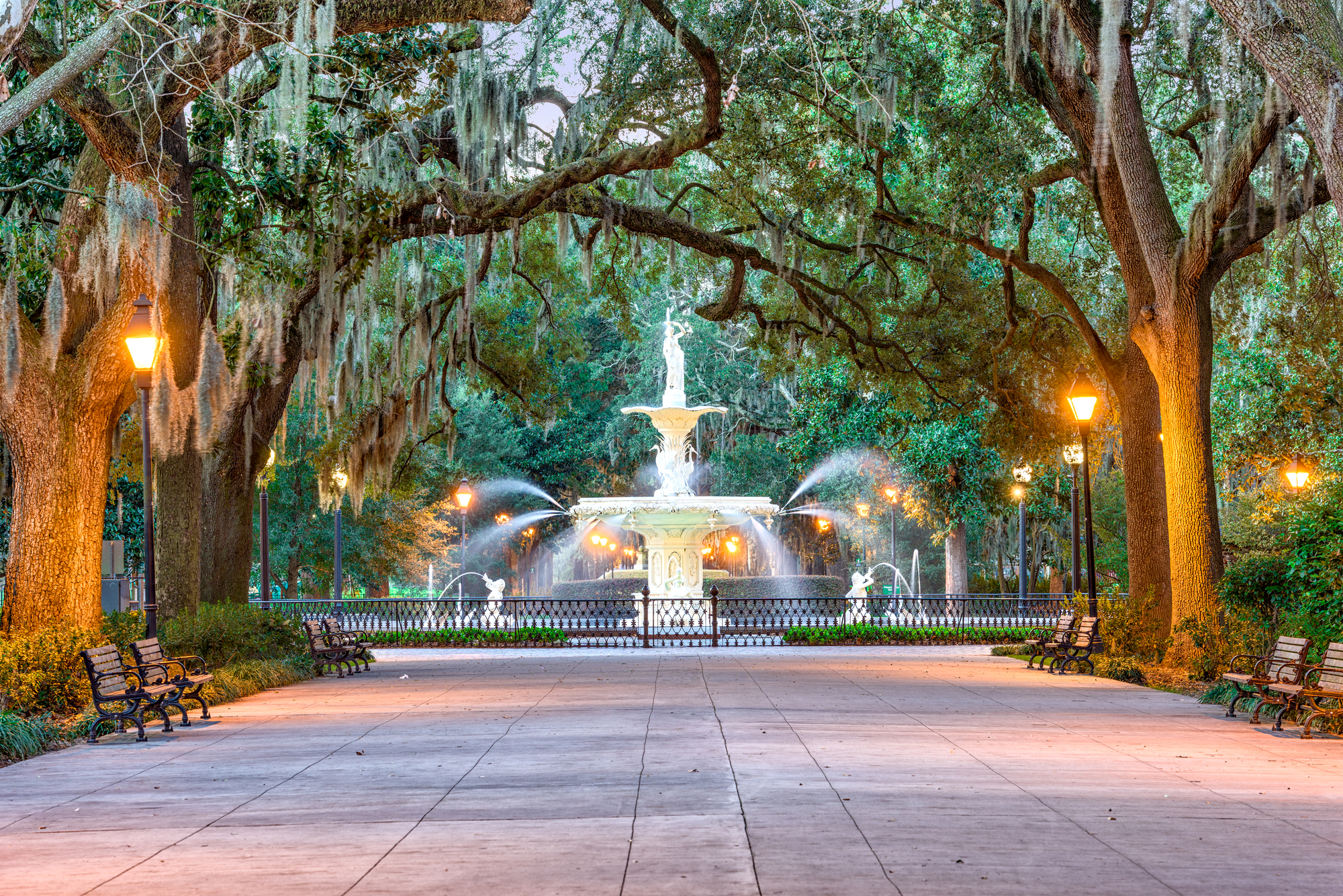
The city’s famous 22 historic squares transform during early morning hours, before tour groups appear and while gentle light filters through massive oak canopies. Residents walk dogs, maintenance workers tend tidily clipped hedges, and joggers create consistent rhythms along brick pathways.
Chippewa Square—famous for “Forrest Gump”—offers particularly magical morning light, while Madison Square provides perfect views of the Gothic Revival St. John’s Episcopal Church catching first light. Morning square-hopping reveals the thoughtful urban planning that created America’s first planned city in 1733.
Follow Flavor Trails Beyond River Street
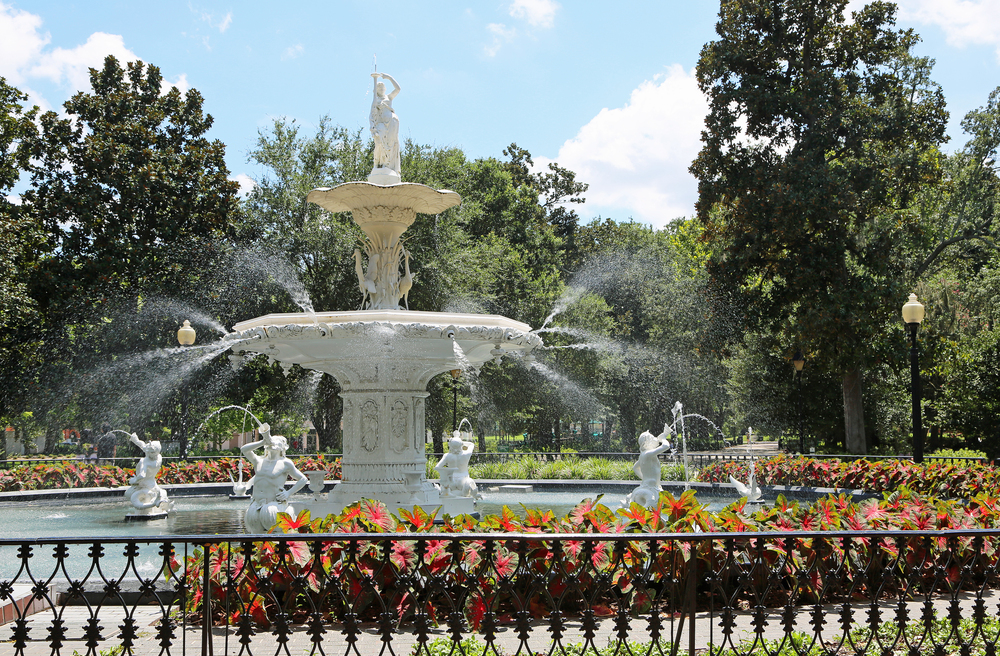
River Street draws crowds with its historic warehouses converted to souvenir shops, but Savannah’s culinary heart beats strongest in neighborhoods beyond the waterfront. The Starland District south of Forsyth Park has transformed into a food destination where chefs experiment in converted gas stations and corner stores.
Traditional Lowcountry cuisine—showcasing local seafood, rice, and vegetables—appears on menus alongside innovative fusion cooking influenced by the nearby Savannah College of Art and Design’s international student population. Local food tours focused on specific neighborhoods offer insights into how geography and history shaped regional flavors.
Like Travel Pug’s content? Follow us on MSN.
Navigate Neighborhood Transitions

Savannah’s walkable size allows visitors to experience dramatic neighborhood transitions within short distances. The Victorian District showcases architectural evolution beyond the Historic District’s colonial and Federal styles, with elaborate wooden homes featuring decorative millwork and bright color schemes.
Emerging areas like the Starland District reveal how creative enterprises transform once-neglected blocks through the adaptive reuse of historic buildings. Walking these transitions provides an understanding of urban development patterns that continue shaping the city’s character across centuries of growth.
Discover African American Heritage
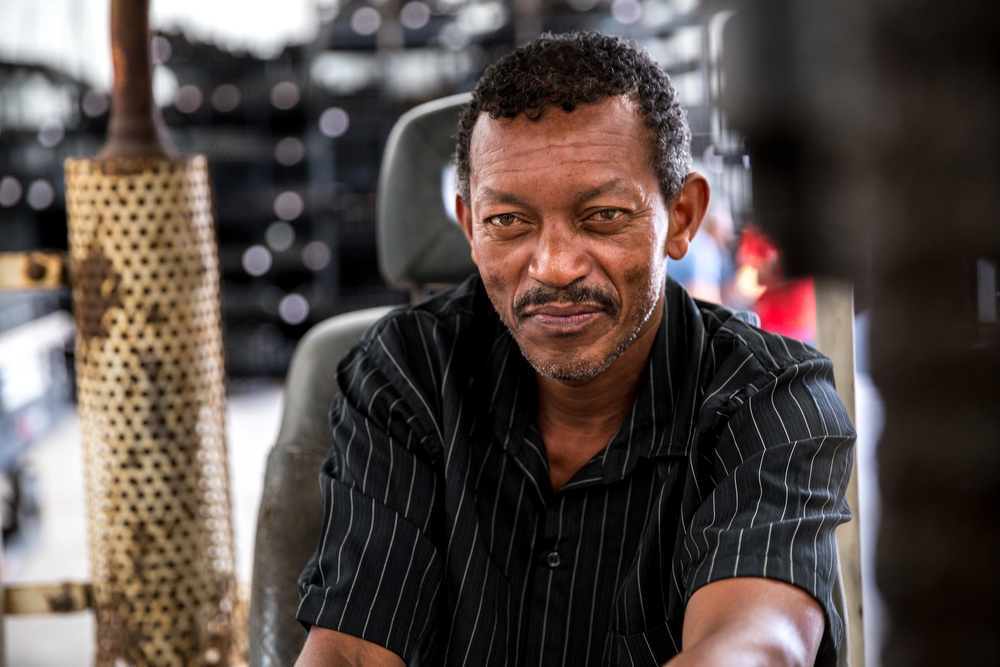
Savannah’s complex racial history becomes tangible through sites preserving African American experiences across generations. The First African Baptist Church—established in 1773 and operating continuously since—contains original pews with Ethiopian writing and features a basement floor perforated with air pits that once served as a stop on the Underground Railroad.
The Pin Point Heritage Museum, located in a former oyster and crab factory, preserves Gullah-Geechee cultural traditions maintained by descendants of enslaved people. These sites provide essential context for understanding the city’s complete story beyond mansion tours.
Venture Into Bonaventure Cemetery Earlier

While Midnight in the Garden of Good and Evil popularized Bonaventure Cemetery, most visitors arrive midday when harsh sunlight flattens the atmospheric quality that makes this Victorian-era burial ground exceptional. Early morning visits—when mist often rises between monuments and Spanish moss creates dramatic silhouettes—reveal why local photographers consider dawn the cemetery’s magical hour.
The 160-acre site serves as both an outdoor sculpture gallery and an arboretum, with ancient live oaks and azaleas surrounding ornate family plots. Morning visits also offer better wildlife spotting opportunities, including deer and numerous bird species.
Like Travel Pug’s content? Follow us on MSN.
Connect Through Congregation Tours
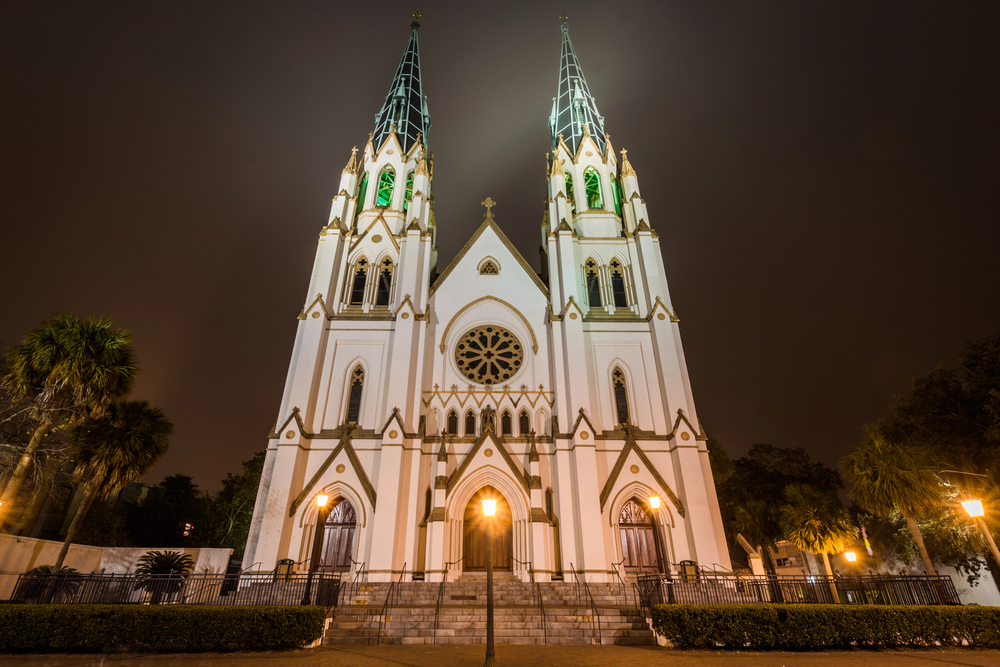
Savannah’s religious buildings offer architectural splendor alongside cultural insights, with many congregations offering visitor programs beyond Sunday services. The stunning Gothic Revival Cathedral of St. John the Baptist provides guided tours explaining its German Catholic origins and spectacular stained glass.
Temple Mickve Israel houses the third-oldest Jewish congregation in America and displays rare artifacts, including one of America’s oldest Torah scrolls. These sacred spaces reveal immigration patterns, cultural influences, and community histories central to understanding Savannah’s development as a diverse port city.
Experience SCAD’s Transformative Impact
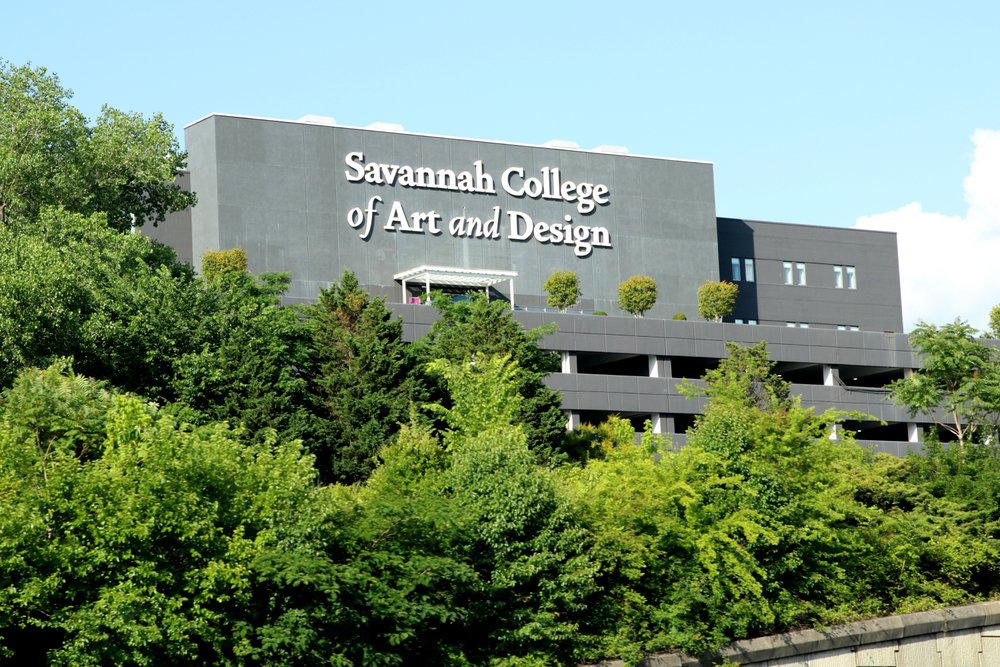
The Savannah College of Art and Design has revitalized dozens of historic buildings throughout the city since its founding in 1978, creating a unique relationship between preservation and contemporary creativity. The college’s presence appears through adaptive reuse projects—former department stores, hospitals, and theaters now serving educational purposes while maintaining architectural integrity.
The SCAD Museum of Art occupies a restored railway depot incorporating the oldest surviving antebellum railroad buildings in America. The school’s influence extends beyond buildings to the creative energy of its student population, visible through numerous galleries and design shops.
Picnic Properly at Forsyth Park

While Forsyth Park’s famous fountain appears on countless postcards, locals know the 30-acre green space offers much more than photo opportunities. Weekend gatherings on the expansive lawn reveal Savannah’s social fabric, with multi-generational families setting up elaborate picnics alongside college students stringing hammocks between oak trees.
The weekly farmers market transforms the park’s northern end into a community gathering space where local growers, bakers, and artisans create a genuinely southern market experience. The fragrant garden for the blind provides sensory experiences beyond the visual beauty dominating most Savannah attractions.
Like Travel Pug’s content? Follow us on MSN.
Explore Architectural Details Upward
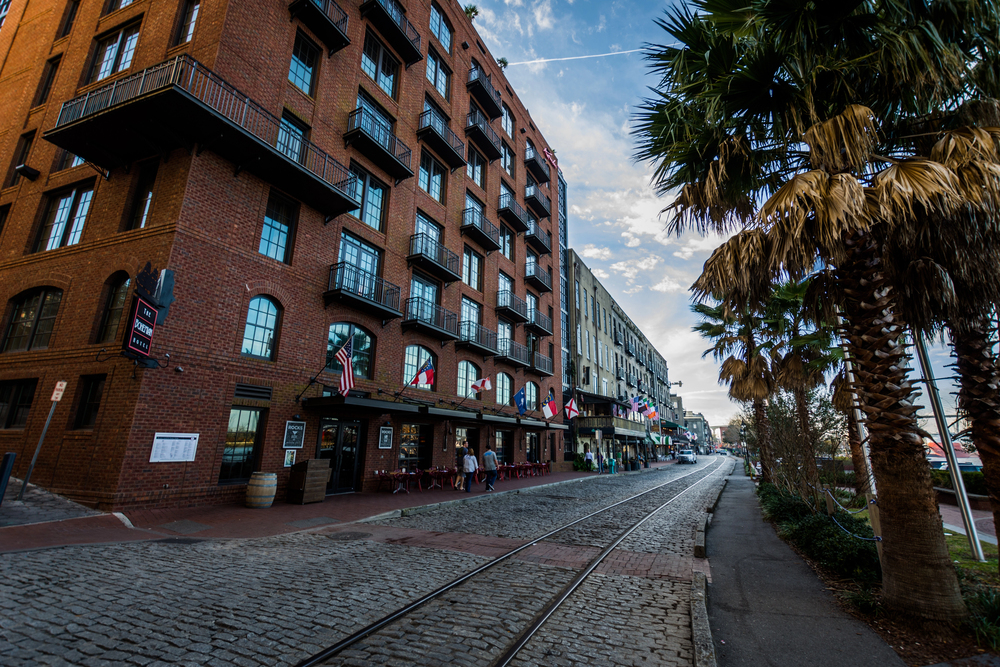
Savannah rewards those who frequently look up while walking its historic streets, revealing architectural details often missed by visitors focused on street-level attractions. Wrought iron balconies show craftsman variations spanning two centuries of metalwork traditions. Unique widow’s walks—rooftop platforms originally built for spotting returning ships—crown many Federal-style homes.
Elaborate cornice details and decorative brackets display changing architectural fashions across different historic districts. These vertical explorations provide insights into both aesthetic values and practical adaptations to Savannah’s humid coastal climate across different eras.
Embrace Evening Garden Access
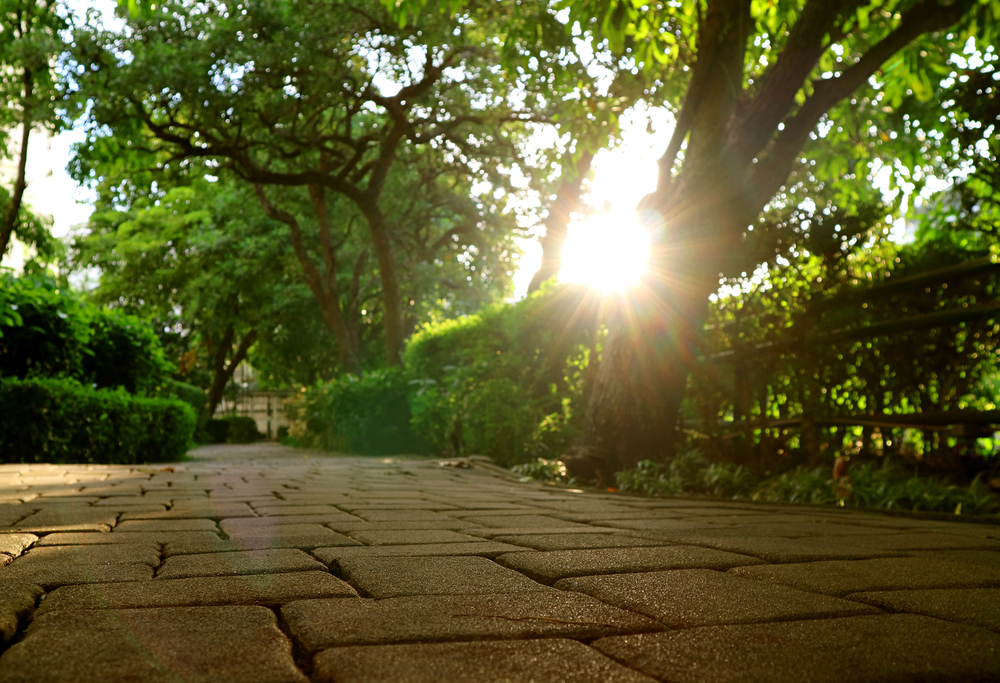
Several historic home museums offer evening garden access even after house tours conclude for the day. The Owens-Thomas House allows visitors to linger in its parterre garden as twilight transforms the space.
The Ships of the Sea Maritime Museum’s garden—designed as a traditional early 19th-century garden—often remains accessible after closing hours through a separate entrance. These evening garden experiences offer respite from daytime heat while showcasing how these outdoor spaces functioned as additional living areas in pre-air-conditioning Savannah. Seasonal plant collections reveal horticultural traditions maintained since colonial times.
Find Forest Beyond City Limits
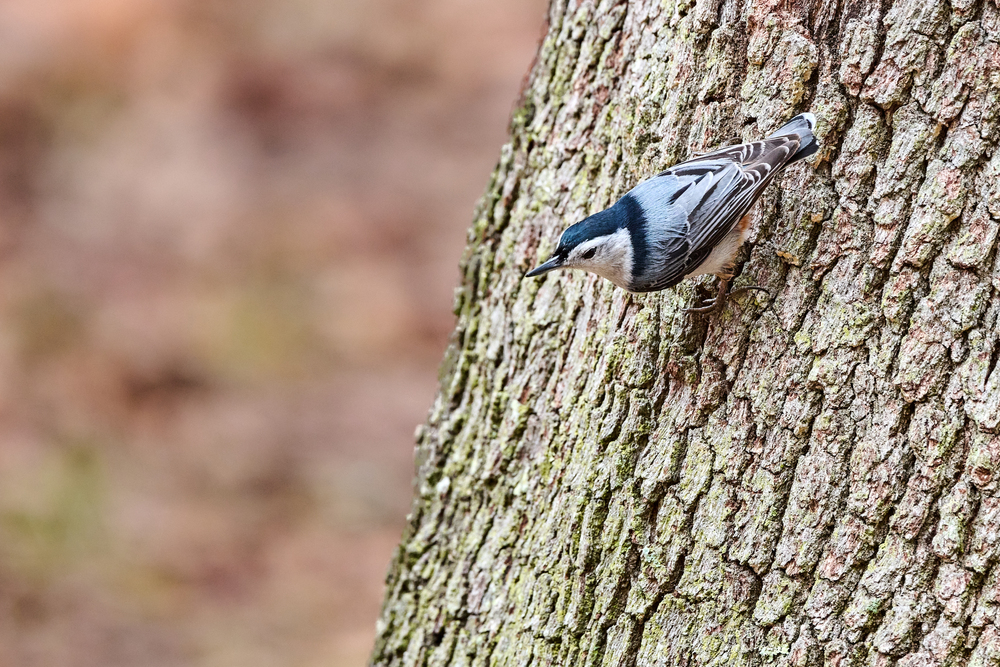
Just 15 miles from downtown, Skidaway Island State Park offers trails through maritime forest ecosystems that once covered Georgia’s coastal islands before development. Massive old-growth oaks draped with Spanish moss create canopies over salt marshes where dolphins frequently appear during changing tides.
The park’s interpretive center explains how these coastal ecosystems influenced Savannah’s development, from naval store production to modern conservation efforts. Boardwalk trails accessible to all mobility levels lead through various coastal habitats, showing the natural landscape that greeted Savannah’s earliest European and African inhabitants.
Like Travel Pug’s content? Follow us on MSN.
Connect Through Music Heritage
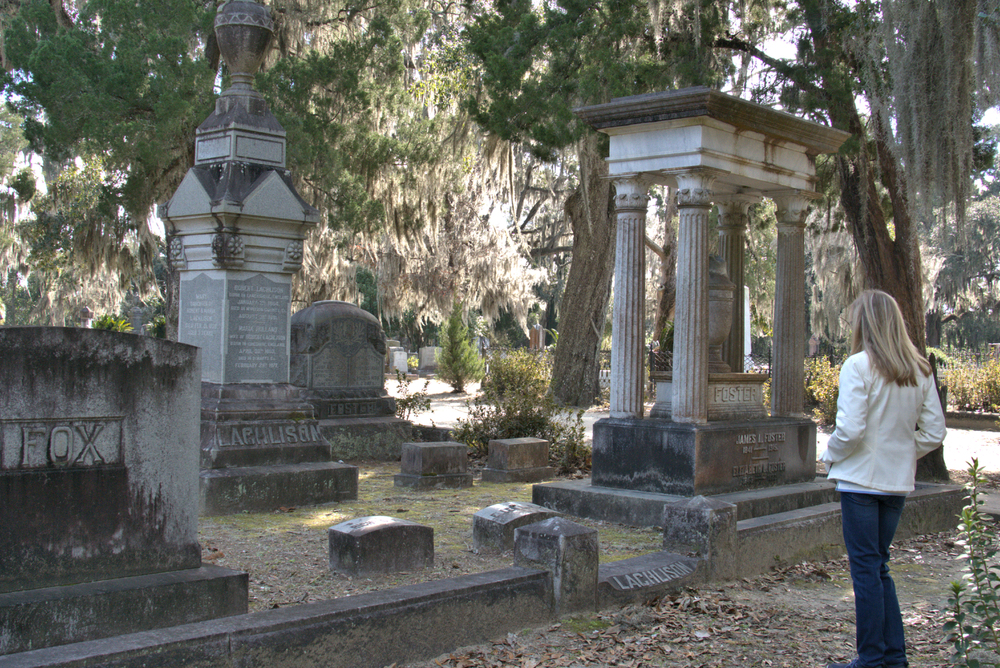
Savannah’s musical traditions span from African rhythms maintained through Gullah-Geechee cultural preservation to the birthplace of Johnny Mercer, lyricist of American classics like “Moon River.” Evening performances at historic venues like Trinity United Methodist Church—with exceptional acoustics originally designed for unamplified voices—showcase both traditional and contemporary musical expressions.
The Savannah Music Festival brings world-class performances each spring, while smaller venues maintain year-round offerings spanning jazz, folk, and experimental compositions. These musical experiences connect visitors to cultural expressions that transcend Savannah’s visual beauty.
Taste Coastal Transitions
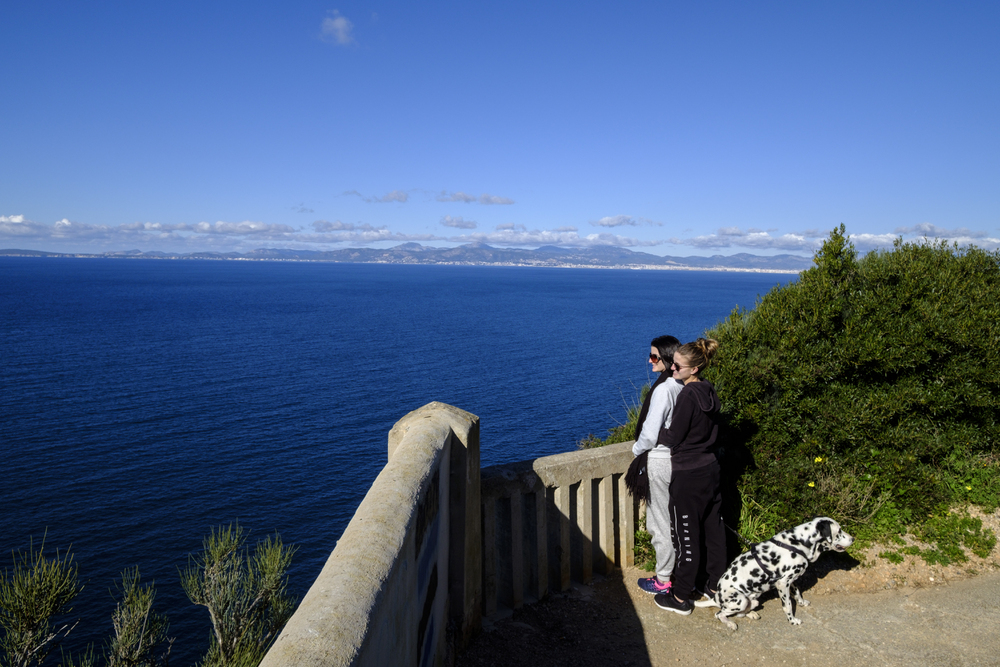
Savannah’s position near the Atlantic creates distinctive coastal cuisine worth exploring beyond famous restaurants. Neighborhood seafood markets where locals purchase fresh catch offer insights into seasonal availability and traditional preparation methods.
Oyster roasts—community gatherings centered around shellfish harvested from nearby waters—represent coastal traditions dating back centuries. Modest establishments serving deviled crab, shrimp and grits, and Lowcountry boil provide authentic flavors developed through generations of coastal families adapting European and African cooking techniques to local ingredients available in Georgia’s coastal environment.
Document Details Beyond Monuments
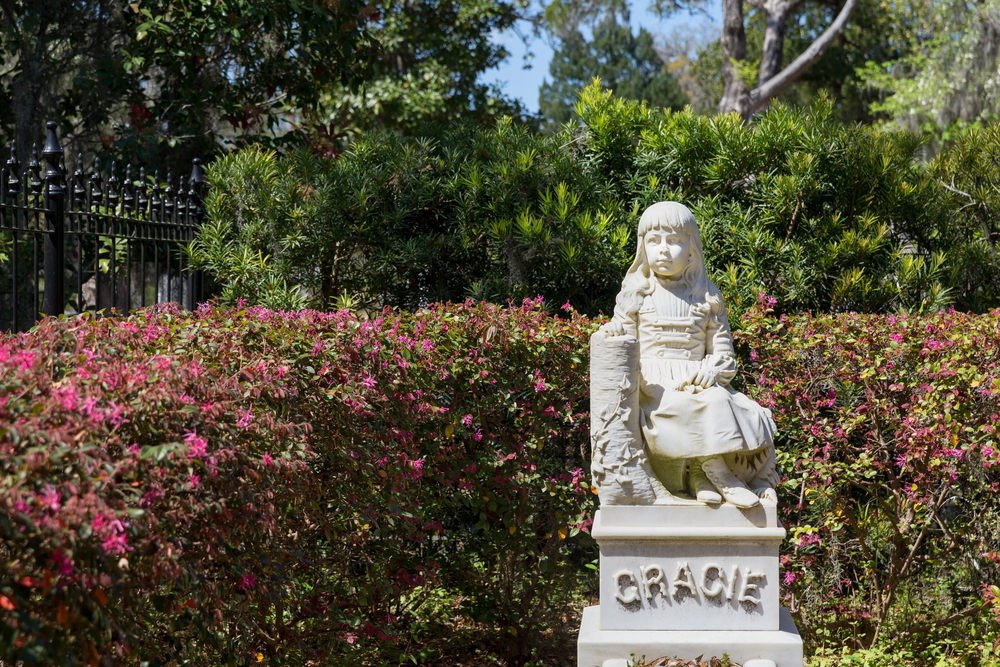
While Savannah’s monuments and statues attract attention, smaller historical markers throughout the city often tell more revealing stories about everyday life across centuries. Cast-iron markers identifying yellow fever burial grounds reveal public health challenges that repeatedly devastated the city. Modest plaques noting formerly segregated facilities document civil rights struggles that transformed social landscapes.
Small bronze markers identify remaining examples of “Savannah grey” bricks—made by enslaved workers and prized for their distinctive appearance—connecting modern structures to complex labor histories. These detail-oriented discoveries create a deeper understanding beyond guidebook highlights.
Like Travel Pug’s content? Follow us on MSN.
Connect Past to Present
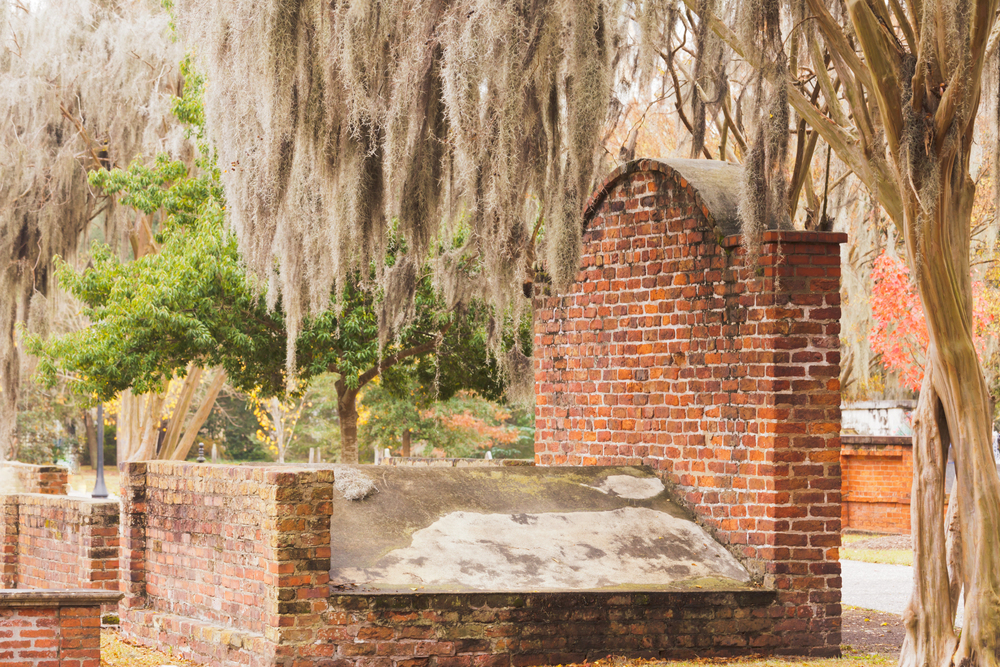
Savannah’s remarkable preservation efforts sometimes create the impression of a city frozen in time, but its most interesting aspects emerge at intersections between historical and contemporary life. Colonial Park Cemetery—where Revolutionary War soldiers rest—now serves as an urban green space where nearby office workers eat lunch among historical markers.
Historic buildings retrofitted with solar panels demonstrate environmental adaptations within preservation guidelines. These juxtapositions of past and present create Savannah’s distinctive character as a living city rather than merely a preserved museum of southern history, connecting visitors to ongoing stories rather than fixed narratives about the past.
Beyond Postcard Perspectives
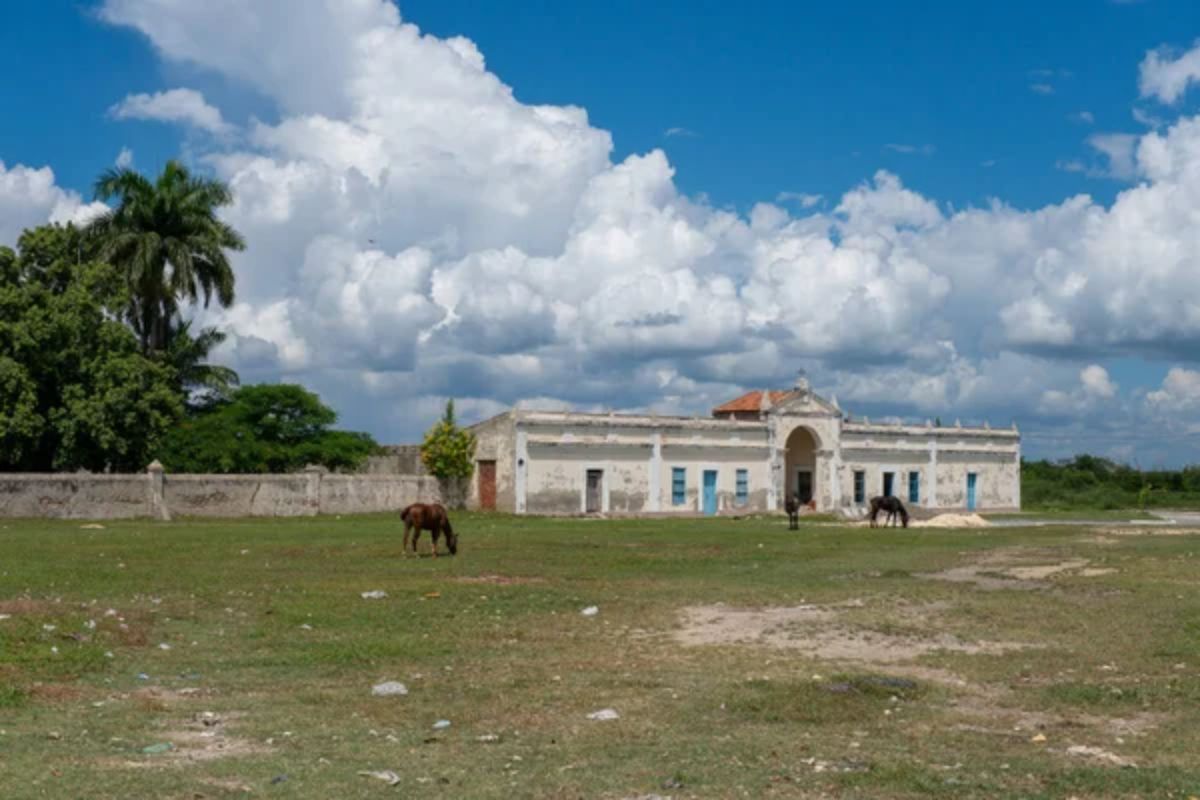
Savannah reveals its genuine character through these layered experiences that extend beyond famous squares and mansions. The city rewards curious travelers willing to venture beyond downtown attractions, wake up early for atmospheric experiences, and engage with the complex cultural heritage that created its distinctive southern charm.
While history provides Savannah’s framework, contemporary life animates these beautiful structures and spaces, creating a destination that balances preservation with vibrant community connections across its moss-draped landscape.
More from Travel Pug

- Cities Growing so Fast You Won’t Recognize Them in 10 Years
- 13 Destinations Where Tourists Regularly Regret Their Trip
- 20 Obscure WWII Sites Even History Buffs Don’t Know About
- 10 Under-the-Radar Mountain Towns That Are Both Affordable and Beautiful
- Remote Villages in Europe Where You Can Live for Free in Exchange for Work
Like Travel Pug’s content? Follow us on MSN.
